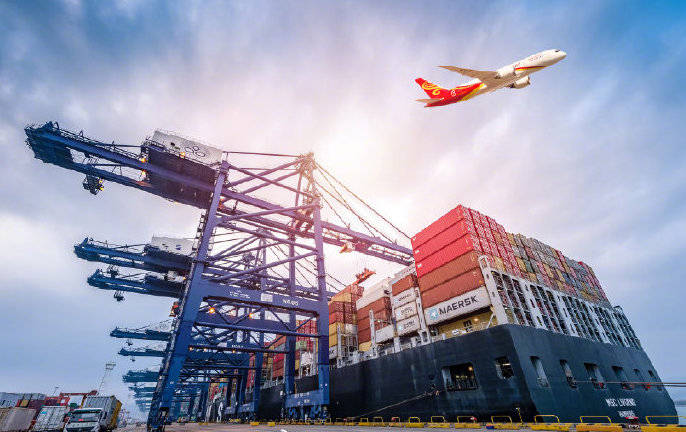Phospholipid Powder Purchase Price
Time:2024-05-30
The procurement price of phospholipid powder is indeed significantly influenced by the country and region, specifically reflected in production cost differences, raw material supply, trade policies and tariffs, market demand and competition, logistics and transportation costs, currency exchange rates, quality and certification requirements, and economic conditions.
Different countries have significant variations in production costs due to factors like labor, energy, and raw materials. For example, countries like China and India generally have lower labor costs and abundant raw material supplies, resulting in lower production costs compared to developed countries in Europe and North America. Consequently, phospholipid powder produced in these countries tends to be priced lower.
The main raw materials for phospholipid powder are plants like soybeans and sunflowers. The supply situation of these raw materials directly affects the price. Regions with high production and abundant supply of raw materials typically have lower phospholipid powder prices. For instance, the United States and Brazil are major producers of soybeans, so the raw material costs for phospholipid powder in these countries are lower, making the prices more competitive.
Trade policies and tariffs of various countries also directly impact the price of phospholipid powder. High tariffs and stringent import regulations increase the cost of imported phospholipid powder, thereby raising market prices. Conversely, free trade agreements and low tariff policies help reduce import costs, making prices more competitive.
Market demand and competition levels in different regions also influence the price of phospholipid powder. In markets with high demand and intense competition, prices may be relatively lower due to competitive pressures. In contrast, in markets with low demand and insufficient competition, suppliers may set higher prices to achieve higher profits.
Logistics and transportation costs affect the price of phospholipid powder as well. Markets closer to the production sites have lower logistics costs, resulting in lower product prices, whereas long-distance transportation increases costs, which are eventually reflected in the product prices.
Currency exchange rate fluctuations can affect import costs. For example, if the purchasing country's currency depreciates, the cost of importing phospholipid powder increases, leading to higher prices. Conversely, if the purchasing country's currency appreciates, import costs decrease, potentially lowering prices.
Quality and certification requirements vary across countries and regions.Phospholipid powder that has obtained international certifications (such as ISO, GMP, Kosher, Halal) usually has a higher price because these certifications increase production costs but also ensure product quality and market acceptance.
Economic conditions also affect phospholipid powder prices. In more developed regions, consumers are willing to pay higher prices for high-quality products. In less developed regions, price sensitivity is higher, and suppliers may offer lower-priced but relatively lower-quality products.
The procurement price of phospholipid powder is influenced by multiple factors such as production costs, raw material supply, trade policies, market demand, logistics costs, currency exchange rates, quality requirements, and economic conditions. These factors vary by country and region, leading to geographical differences in phospholipid powder prices.


 CN
CN





